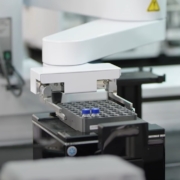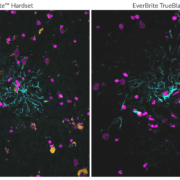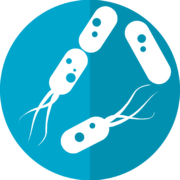Researchers make major breakthrough for tracking RNA with fluorescence
Researchers at Chalmers University of Technology, Sweden, have succeeded in developing a method to label mRNA molecules, and thereby follow, in real time, their path through cells, using a microscope – without affecting their properties or subsequent activity. The breakthrough could be of great importance in facilitating the development of new RNA-based medicines.











